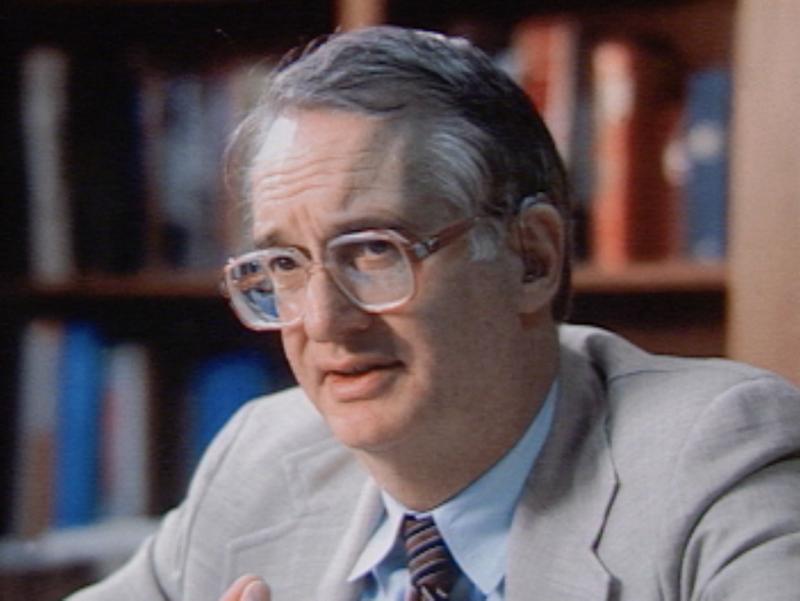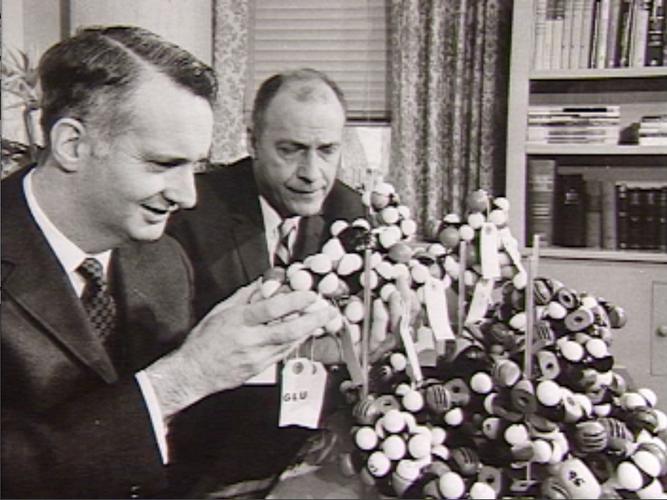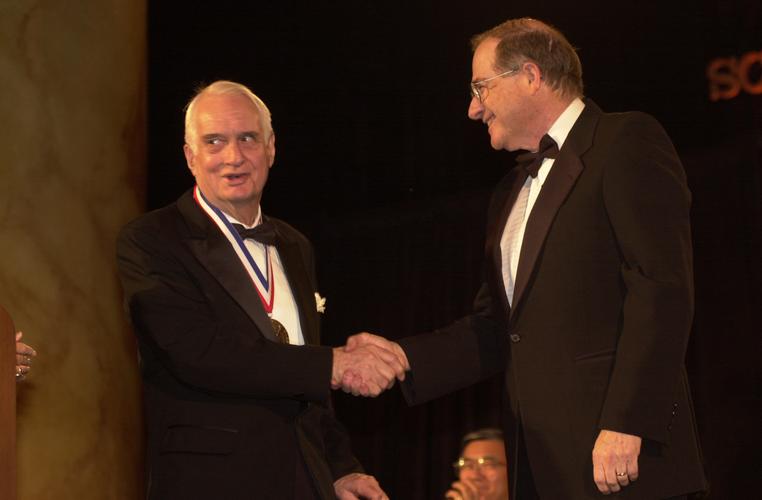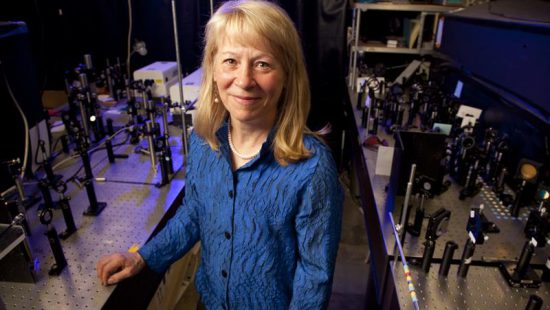Enzymes are often called the key for all life. They are proteins made by livings things that accelerate, or act as catalysts to, biochemical reactions. They are made up of a long line of protein building blocks, called amino acids. Enzymes can help our gut turn our dinner into energy, and can even be found in everyday products like yogurts and medicine.
Scientists originally believed that enzymes could only be made by living things. In the late 1960s, biochemist Ralph F. Hirschmann led a group of scientists in trying to synthesize ribonuclease, a type of enzyme. A large issue with synthesizing enzymes is that the amino acids has multiple reaction sites. As a result, every reaction site, except for the one needed to create the ribonuclease, must be blocked.
In 1969, Hirschmann and his team at Merck & Co. had successfully assembled 124 amino acids necessary for a functioning ribonuclease enzyme. Hirschmann and his scientists paired off the amino acids, then fragmented the pairs to create the enzyme. This discovery was a huge breakthrough in medicine, changing the way scientists create them. Today, scientists regularly synthesize enzymes and can do so in a matter of a few hours.
By Kristen Brida








